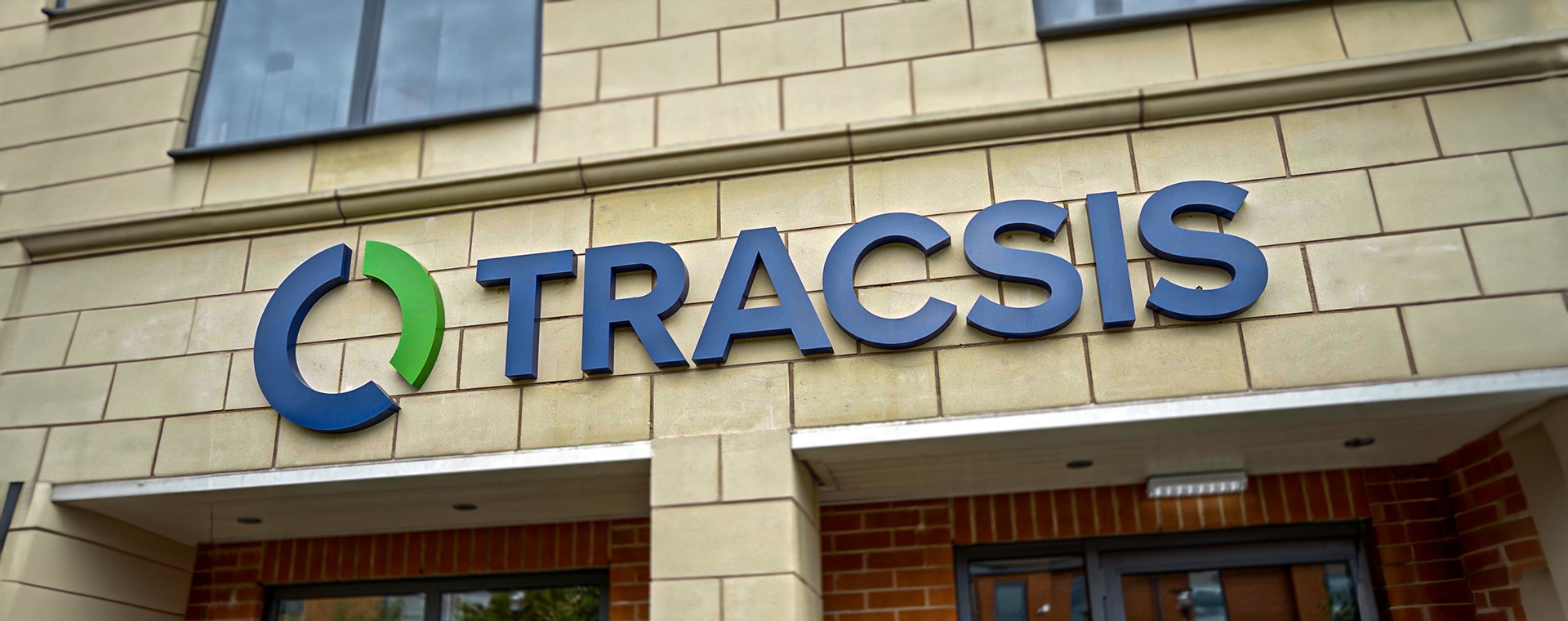Demand for freight rail services is set to skyrocket over the next two decades, putting pressure on railroad operators to facilitate ever more efficient, reliable and sustainable rail networks.
One third of US exports are already transported by rail. Between 2012 and 2045, freight activity is predicted to increase by about 50% in tonnage to 17 million and more than double in value to $37 trillion, according to figures published by the US Department of Transportation 1.
For rail companies, finding ways to do things smarter as well as faster is crucial to maintaining a competitive edge. Improving operational efficiencies requires working differently, optimizing all available resources in order to facilitate growth and scalability. Railroad technology and automation play a key role.
IoT and Big Data: Technology solutions
Advancements in the utilization of the Internet of Things (IoT) combined with the power of Big Data mean railroad operators have dramatically improved visibility of rail assets, regardless of how geographically remote, enabling more strategic short and long-term decision-making. Asset management is increasingly pro-active; rail companies are predicting and resolving malfunctions before they happen, preventing delays and reducing downtime.
Thousands of cars are moved every day on the 140,000 miles of track which make up the US freight rail network. Malfunction and faulty infrastructure cost the industry millions in unplanned delays, wasted fuel, repair costs, labor costs, and damaged customer relations.
Making rail operations more efficient involves continuously keeping cars moving and on schedule towards the right destinations – a far more complex challenge than it sounds.
Remote Condition Monitoring (RCM)
Remote Condition Monitoring (RCM) is a game-changer in this regard, both in the US and internationally.
RCM uses a smart monitoring and analytics platform that harnesses non-intrusive sensors and cloud-based analytics software to monitor rail assets. Captured asset data is transmitted to the cloud, where it is combined with other relevant information such as weather conditions. Then, it’s automatically analyzed for real-time insights.
Any detected problems are assigned a severity level, descriptive text and a link to an analysis page.
The information is sent to subscribed users via text messages, emails or voice calls.
The results benefit both the operations and insight/data analytics areas of the railroad business.
Operationally, the data captured from rail assets and transferred to the cloud enables operators to identify faults and predict failures remotely, reducing the need for on-site maintenance inspections.
From a data analytics perspective, RCM provides a constant stream of real-time data that allows the business to future-proof resources and plan for the future on the basis of intelligence-led insights.
Efficiency, reliability and sustainability
RCM is reducing the carbon footprint of US rail networks by improving fuel efficiency and asset performance, as well as minimizing maintenance site visits. Engineers can conduct some of their work off-site, reducing cost and time required.
At a time when rail companies are investing billions to reduce greenhouse gas (GHG) emissions, technology solutions are playing an integral role in the journey towards carbon neutrality.
RCM benefits include:
Fewer stopped trains idling and waiting for repairs
Receiving actionable insights in real time
Optimized maintenance and a clear plan of action around support
Better understanding of the root cause behind malfunctions
Improved customer satisfaction due to more reliable services
Improved interoperability with highway users results in better public relations
How else is rail technology improving efficiency?
There are several ways that the IoT is empowering railroad operators to work smarter using data. For example:
Computer-aided Dispatching (CAD) and Digital Track Warrant (DTW): by enforcing a consistent ruleset and integrating resource planning, CAD and DTW improve throughput and keep trains moving more efficiently.
Yard Automation: reduces train idle time during switching operations, increasing the throughput of yards and terminals.
Rail technology innovation is progressing rapidly as the practical applications of big data capture are tested, refined and improved. For rail operators, this means more informed decision-making, lower ongoing maintenance costs, and, most importantly, a more reliable, efficient service.
Tracsis is the leading provider of software-based rail automation solutions, trusted by every North American Class 1 Railroad. To make your rail network more efficient, contact us.
